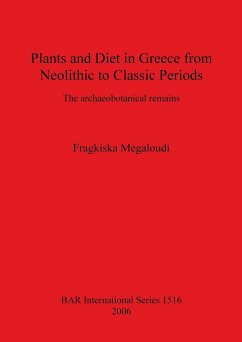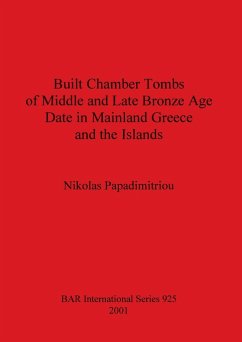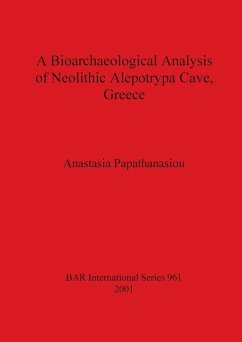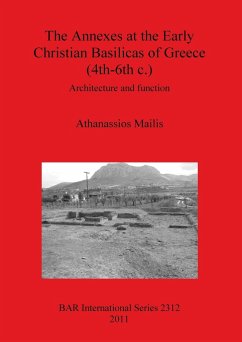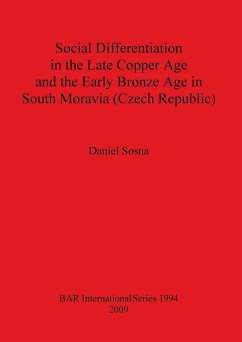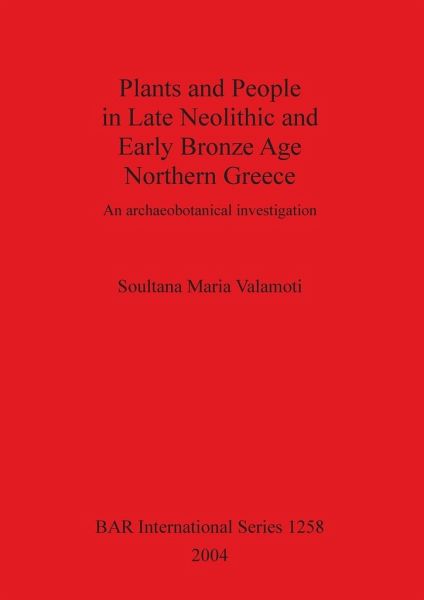
Plants and People in Late Neolithic and Early Bronze Age Northern Greece
An archaeobotanical investigation
Versandkostenfrei!
Versandfertig in 1-2 Wochen
88,99 €
inkl. MwSt.

PAYBACK Punkte
44 °P sammeln!
This book is based on new archaeobotanical data retrieved during the last fifteen years from prehistoric sites located in the regions of Macedonia and Thrace in northern Greece. More than two thousand samples from Late Neolithic and Early Bronze Age deposits from Makriyalos, Mandalo, Arkadikos, Dikili Tash and Marki form the basis for a consideration of prehistoric people-plant relationships in the region. The various sources contributing plant remains in the archaeobotanical assemblages are examined in order to address issues of intentional uses of plants and management of plant resources. Th...
This book is based on new archaeobotanical data retrieved during the last fifteen years from prehistoric sites located in the regions of Macedonia and Thrace in northern Greece. More than two thousand samples from Late Neolithic and Early Bronze Age deposits from Makriyalos, Mandalo, Arkadikos, Dikili Tash and Marki form the basis for a consideration of prehistoric people-plant relationships in the region. The various sources contributing plant remains in the archaeobotanical assemblages are examined in order to address issues of intentional uses of plants and management of plant resources. The crops and plants harvested from the wild underline the variety in plant foods used during the Late Neolithic and Early Bronze Age in the region, at the same time pointing towards preferred staples and later crop introductions. The contribution of animal dung in the archaeobotanical assemblages is demonstrated by the assemblages considered by the book providing an insight into animal feeding and grazing patterns, revealing a variability in the strategies adopted among the archaeological sites considered, strategies that diverge from proposed models concerning animal husbandry in prehistoric Greece. The archaeobotanical data is also examined in relation to the current discussion on the co-existence of tells and extended sites in northern Greece and directions for future archaeobotanical research on the issue are pointed out.



